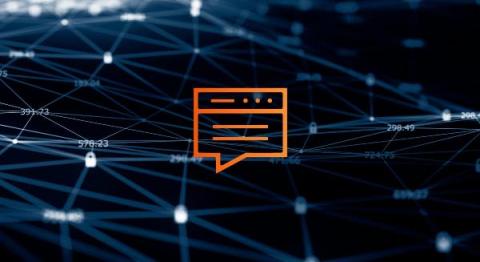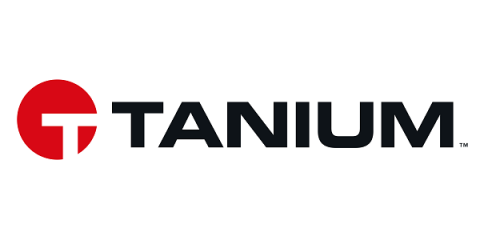Security | Threat Detection | Cyberattacks | DevSecOps | Compliance
Malware
The Rise of CI0p Ransomware with MOVEit Transfer Vulnerabilities
Anatomy of Ransomware Attack: Preventing Attacks on Your Backup Infrastructure
Protecting Small Businesses From Ransomware Attacks
CTI Roundup: Attacks Spike in 2023, Ransomware Payments Skyrocket
USB-based malware attacks spike during the first half of 2023, ransomware payments skyrocket, and Big Head ransomware accelerates.
[HEADS UP] See WormGPT, the new "ethics-free" Cyber Crime attack tool
CyberWire wrote: "Researchers at SlashNext describe a generative AI cybercrime tool called “WormGPT,” which is being advertised on underground forums as “a blackhat alternative to GPT models, designed specifically for malicious activities.” The tool can generate output that legitimate AI models try to prevent, such as malware code or phishing templates.
Ransomware Crypto Payments Are on the Rise While the Rest of Crypto Crime is on the Decline
New insight from blockchain analysis company, Chainalysis, shows that activity involving known ransomware crypto addresses has grown over the last 18 months, despite a downfall of other malicious activity. When I cover reports, there’s an understanding that the accuracy of the data provided is dependent on the number of organizations responding to a survey, the geos and industries represented, etc.
Stories from the SOC: OneNote MalSpam - Detection & response
Since December 22nd, 2022, there has been an increase in malware sent via Phishing emails via a OneNote attachment. As with most phishing emails, the end user would open the OneNote attachment but unlike Microsoft Word or Microsoft Excel, OneNote does not support macros. This is how threat actors previously launched scripts to install malware.
Two-Thirds of Ransomware Attacks Against Manufacturing Resulted in Encrypted Data
As the rate of ransomware attacks steadily increased over time, there are clear indicators as to how these attacks are starting and, therefore, what can be done to stop them. With the exception of the Verizon Data Breach Investigations Report, we rarely get insight into specific industry verticals.










